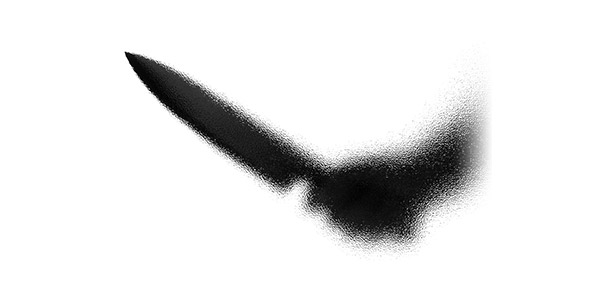Related Flashcards
Related Topics
Cards In This Set
| Front | Back |
|
What is Tort Law? Which party has to prove onus?
|
Tort law is an actionable wrong between private entitities. The plaintiff has the onus to prove the case
|
|
Other examples of Tort are:
|
Battery and Assault. Batter is the intentional application of force on the body of another without their consent.
Assault is a threat.
|
|
Actionable Per se
|
Intentional torts are Actionable per se which means harm is not a necessary element. Battery is actionable per se.
|
|
What are the two divisions of Tort?
|
Intentional and unintentional. intentional tort is actionable per se. This is when someone does intentionally does something wrong, when they or society knows it is wrong.
unintentional tort law will only find liability if they can find a blame-worthy action. Wrongfulness of conduct is based on what the defendant should have known.
|
|
What is Negligence? What division of Tort is this under?
|
Negligence is an unintetionall tort. Negligence presumes that person was careless with their actions, and by being careless, caused injury another.
|
|
What are the elements of negligence action?
|
1. Duty of Care
2. Standard of Care
3. Breach of Standard of Care
4. Causation
5. Damages
|
|
How is common law developed?
|
Common law develops through judges considering new problems and drawing on existing legal principles.
|
|
What is the difference btw US & CAN system?
|
US system conception of tort law is based on LOSS SPREADING. The manufacturer is an insurer of the consumer. Canadian conception of tort law is fault-based and LOSS FIXING. This means fixing the person that did the wrong thing.
|
|
Principle behind Donaghue v Steven.
|
Duty of Care
defendant was found liable. Prior to this case, without direct contact there could be no action.
|
|
What is the Neighbour Maxim? Where do we find it?
|
Neighbour Maxim- you must take reasonable care not to do or omit reasonable acts that one could reasonablly forsee harming your neighbor. Found in Donaghue v. Steven, when Lord Atkin's is trying to find unifying theory to deal with causal proximity.
|
|
What other case deals with duty of care? What was the result?
|
Palsgraph v. Long Island. Plaintiff lost at the appeal.
|
|
Who lost in Palsgraph? What was the rationale? What was the dissenting opinion?
|
The plaintiff lost. There was no duty of care owed to the plaintiff, because the damage was UNFORSEEABLE. Even if someone claimed they were negligent to the man, they were not negligent to the PLAINTIFF. The dissenting opinion was that we all have right to be free from injuries. If injury occurs liability follows.
|
|
Who are the judges in Palsgraph?
|
Cardozo gives the majority opinion and Andrews J. gives the dissent.
|
|
What rule do we learn from Bourhill v. Young? How is this applicable in this case? What was determined?
|
Thin-skull plaintiff rule, which means that tortfeasor must take victim as they found them. If they commit a wrong and injure someone because they are susceptible you LOSE. I
In this case, it was not forseeable that the plaintiff would be susceptible to shock. It was determined that shock is not forseeable risk, so NO DUTY OF CARE & No case.
|
|
What were the claims in Oke v. Wade Transportation & Carra? What was the outcome? What rule is learned?
|
Plaintiff sued wade for negligently leaving sign. Plaintiff one in original court, LOST in appeal. VICARIOUS LIABILITY- you have done nothing wrong, but your wrong is committed through someone else.
|







